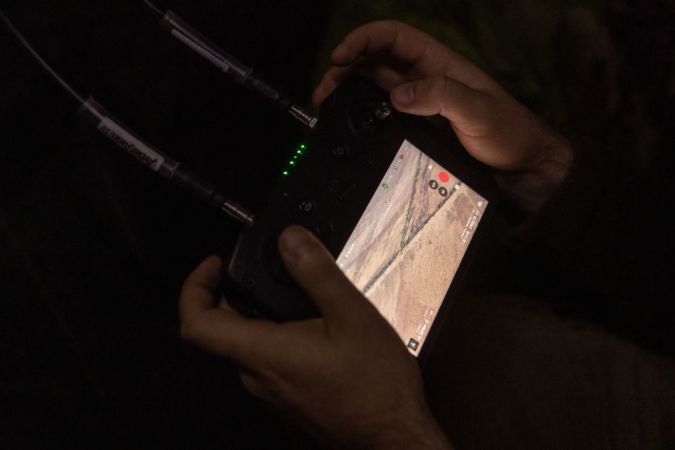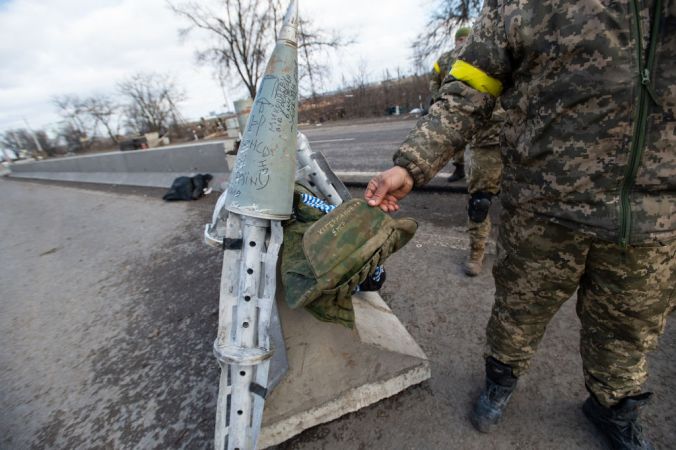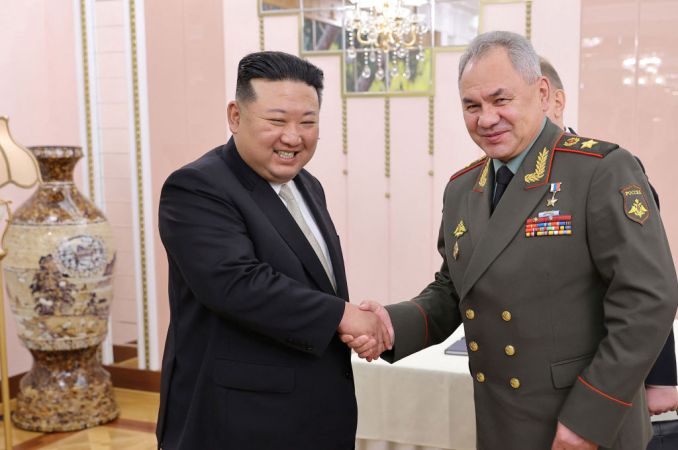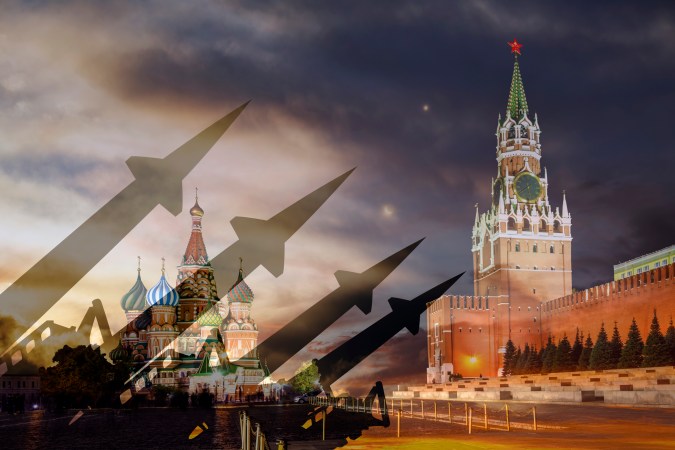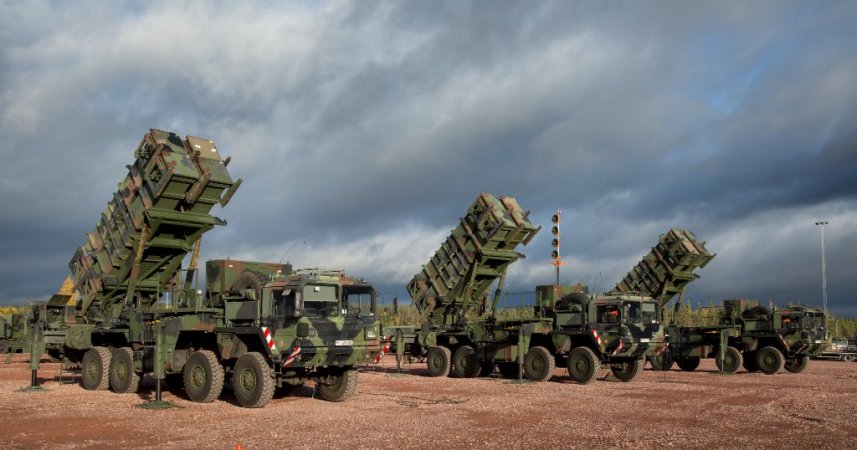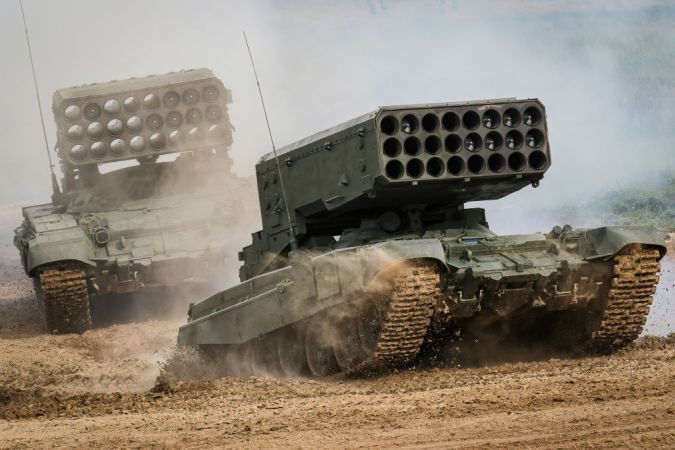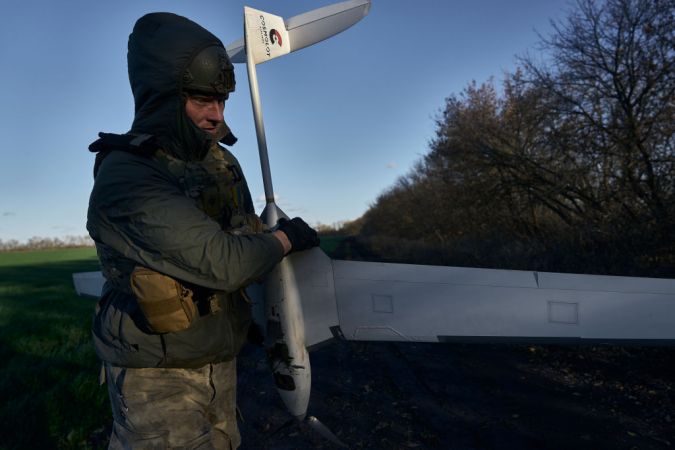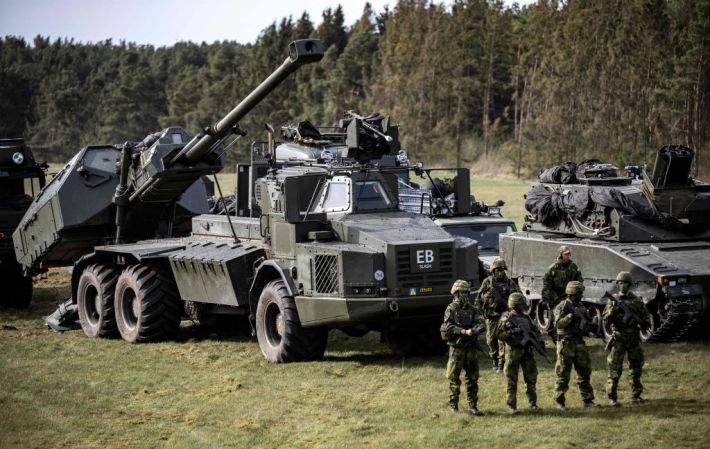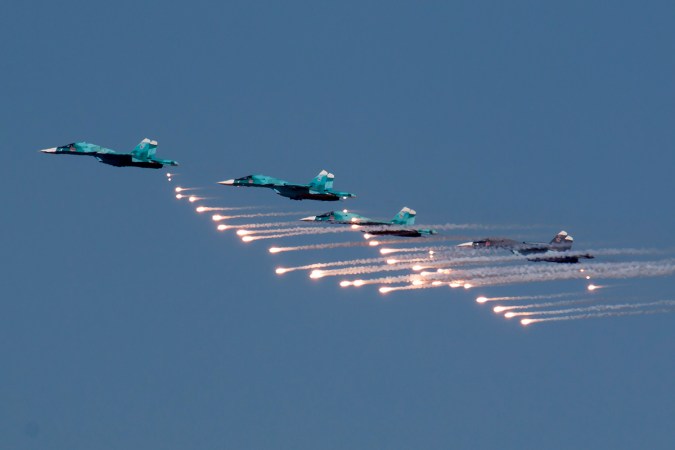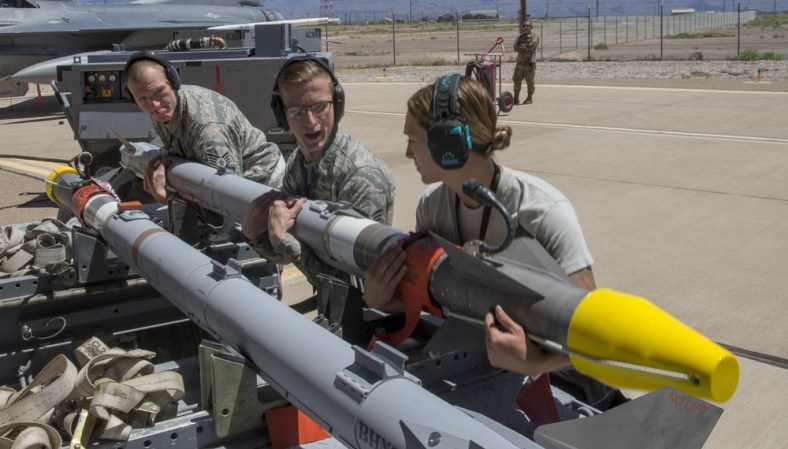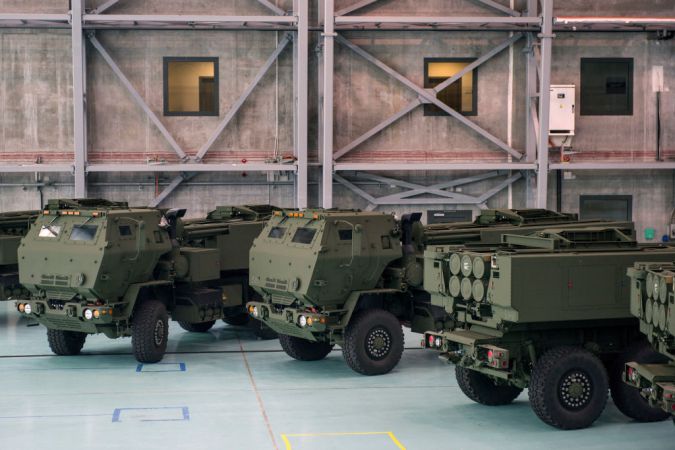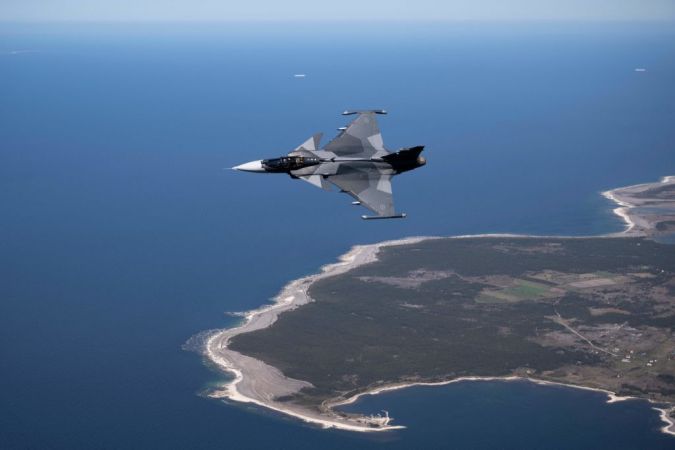Russian drones already pose a considerable threat to Ukrainian service members and civilians. Russia intentionally strikes civilian infrastructure in addition to hitting military targets. Now, it appears to be using that same civilian infrastructure to guide its own drones, the same drones it’s destroying the infrastructure with.
The Kyivstar Network
Kyivstar is the largest cell phone network in Ukraine, serving nearly half of all cell customers there. Russia made targeted attacks against the carrier in 2022, especially with cyberattacks, trying to bring it down. Kyivstar distinguished itself in the 2022 counteroffensive by sending in crews to restart service soon after Russian forces withdrew.
When Ukrainian forces demined infrastructure areas, Kyivstar installed generators, Starlink terminals, and more to bring networks in Kherson and other devastated areas back online.
That allowed Ukrainians in the liberated areas to quickly let family and friends know that they were safe.
But with Russian drone operators now using Kyivstar SIM cards, those same cell towers empower Russian attacks.
The Russian drones
The Institute for the Study of War’s November 30 update had this fun nugget:
Russian forces are reportedly using Ukrainian Kyivstar SIM cards to control Shahed drones. A Ukrainian source stated on November 29 that a downed Russian Shahed drone included a Kyivstar SIM card, which reportedly allows Russian forces to exploit the Kyivstar mobile network to track the drone’s location and change its flight path.
Russian Offensive Campaign Assessment, November 30, 2023, ISW Press
The note cites Telegram and Twitter posts showing photos of a captured drone with cell connections and a SIM card.
It’s not immediately clear if Kyivstar or Ukraine can take steps to end the practice. Russian munitions using the SIMs likely switch cell towers much more quickly than an average user, but so do Ukrainian drones on the network.
The Russian drones also travel farther and from further east than average users, but Kyivstar likely can’t track a device changing from one tower to the next in real time. And it would be an additional hurdle to identify and kick those devices off the network fast enough to matter.
Ironically, Russia targeted Kyivstar infrastructure and the power grids that supported it last winter and are expected to do the same with a large stockpile of missiles it has saved up over the last few months. So, a successful Russian first wave could reduce the effectiveness of the wave right behind it.
Still, as long as the Shahed and other drones can connect to Kyivstar and other Ukrainian networks, expect Russia to get all the SIM cards that it can. The cheap tactical advantage is very much worth the squeeze for them.



